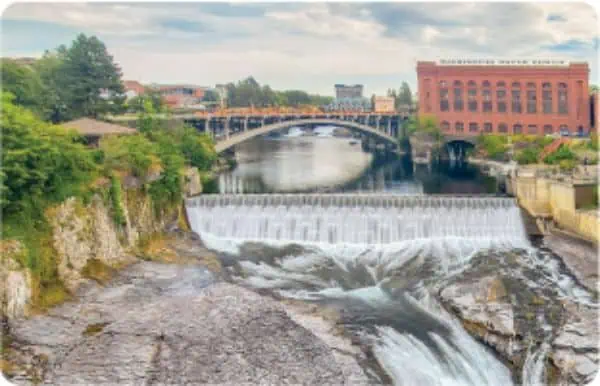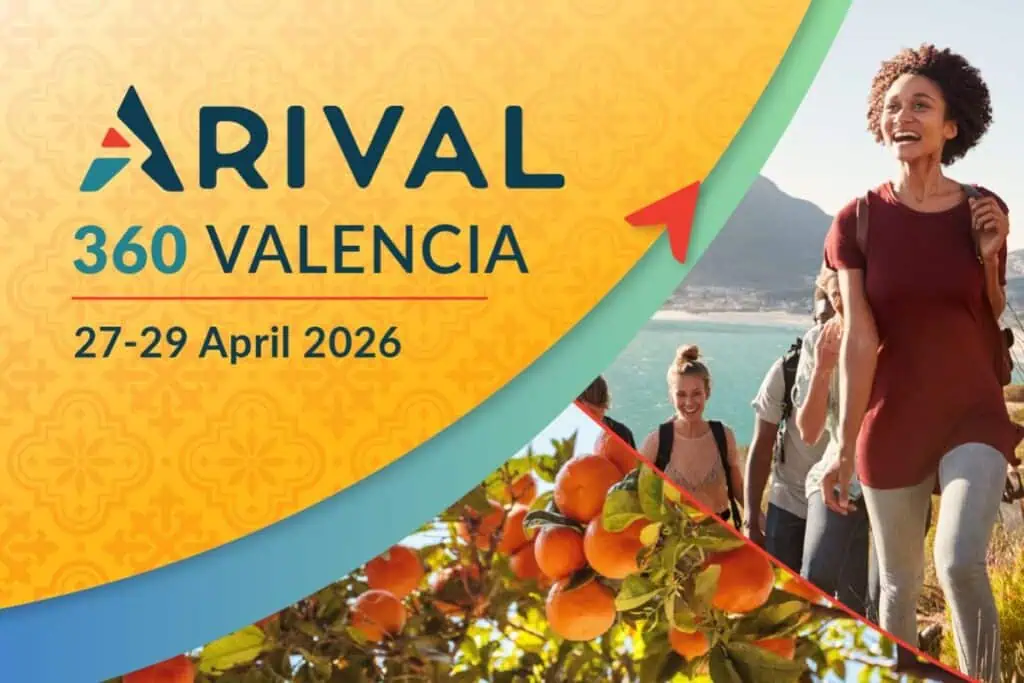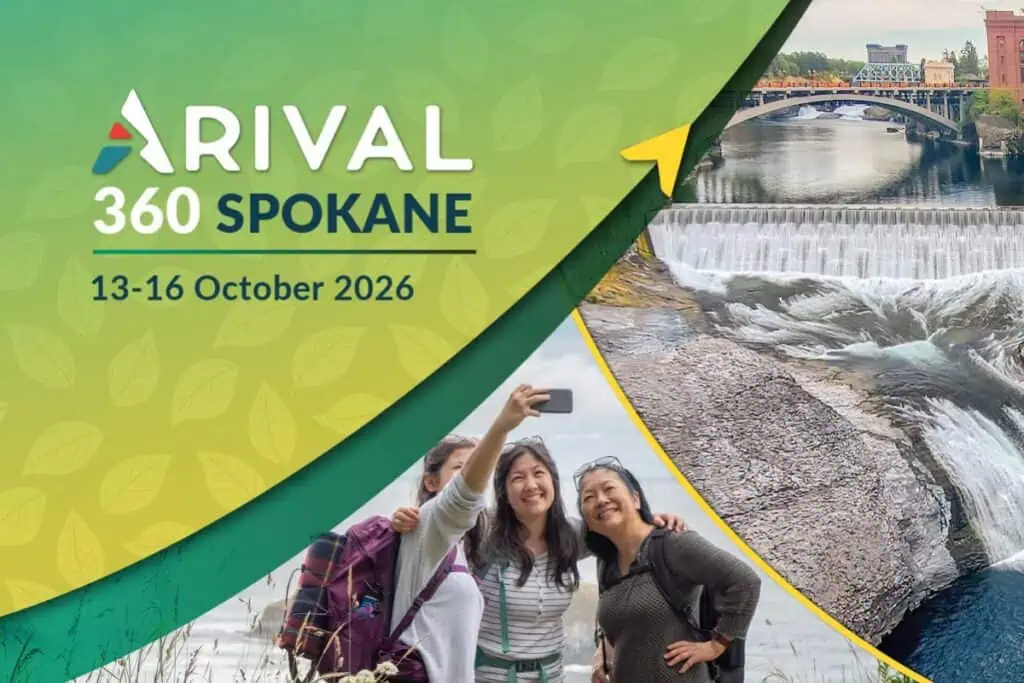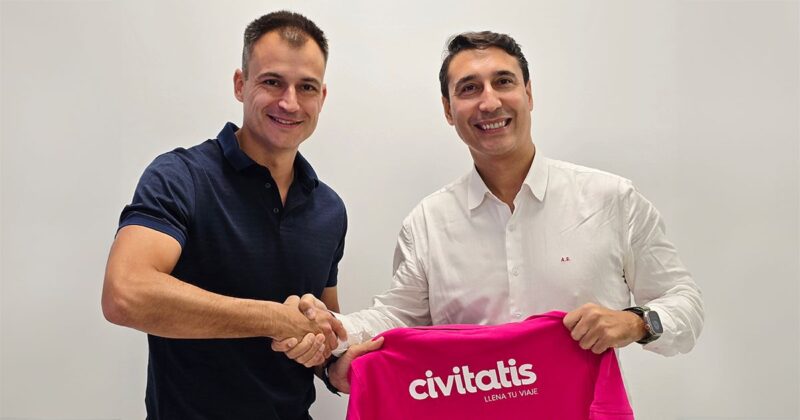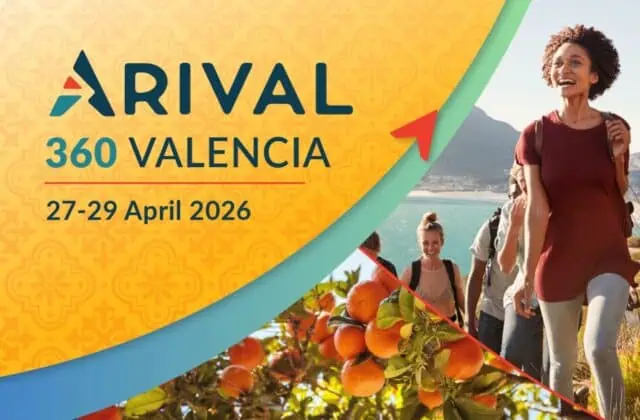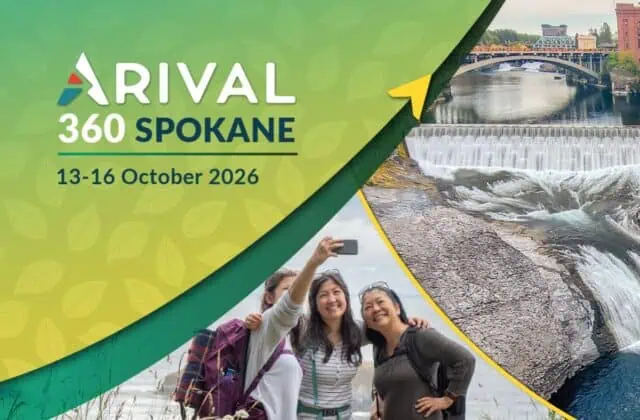I’ve always thought of travel as an exercise in a cultural location. Travel is the desire to discover your place in the world by contrasting it with a different culture. Culture encompasses history, geography, food, sport… what makes up a good trip is as varied as the components of an enjoyable tour. But they all have something thing in common – they bring you up close and personal with a new culture, and in doing so help you better understand your place in the world.
Language is fundamental but often overlooked. Your guide is your interpreter, both cultural and linguistic. As an activities platform that specializes in offering services in our clients’ native tongues, the quality this offers is something we see day in, day out. It shows in the positive reviews: over nearly a million, an average of 9.2/10, speaks for itself.
It may seem painfully obvious, but it’s something we must never lose sight of if your business is selling, you must do everything possible to improve the experience of your clients. Ensure that you fulfill the objective they have when taking that airplane: immerse them, bring them as close as possible to the local culture. What the modern traveler wants above all is an authentic experience, with as few distortions as possible.
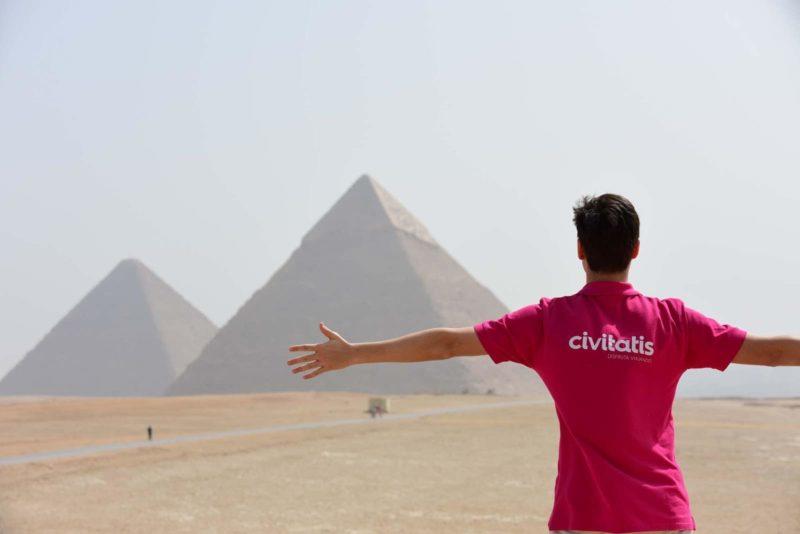 Imagine for a moment that you are a French traveler, visiting the Taj Mahal in Agra. You’ve tagged along with a German tour group, and don’t understand the language. All you see is a large, white, beautiful mosque, perhaps with a soundtrack of irritating gibberish! Often the group will be English speaking, and you, the French traveler, speak some English. This time, what you see in front of you is a marble mosque built in the seventeenth century at great effort and cost to bury a queen. But what on earth is a stanchion? Or a casket?
Imagine for a moment that you are a French traveler, visiting the Taj Mahal in Agra. You’ve tagged along with a German tour group, and don’t understand the language. All you see is a large, white, beautiful mosque, perhaps with a soundtrack of irritating gibberish! Often the group will be English speaking, and you, the French traveler, speak some English. This time, what you see in front of you is a marble mosque built in the seventeenth century at great effort and cost to bury a queen. But what on earth is a stanchion? Or a casket?
Many providers would, and do, stop at this point. Lots of people can get by in English. But to provide the best experience, and to truly connect client and culture, it’s fundamental to speak their language, to remove the distortion of the word misunderstood. In his language, that French traveler would see the Taj Mahal transformed from a small white mosque into a stunning testament to love, a symbol of unity in the face of Hindu nationalism, and a national monument on par with Paris’ Notre-Dame. He sees culture, beauty. And that is the heart of travel.
This theory has been foundational to Civitatis since day one: initially created to serve the Spanish speaking traveler, our expansion strategy was always language-first. When expanding into new markets from 2017 onwards (English, French, Italian and Portuguese), the first thing we did was find high quality, native-speaking providers: something we recognized as fundamental if we wanted to offer the best possible experience. With around 7,000 activities in each of those languages, these are now major growth areas for us. Although English is undoubtedly the international language, it’s only spoken by around 2 billion people worldwide. If you’re offering tours only in English, for nearly 6 billion people (that’s 80% of the world), you’re reducing the Taj Mahal to nothing more than a big white mosque.
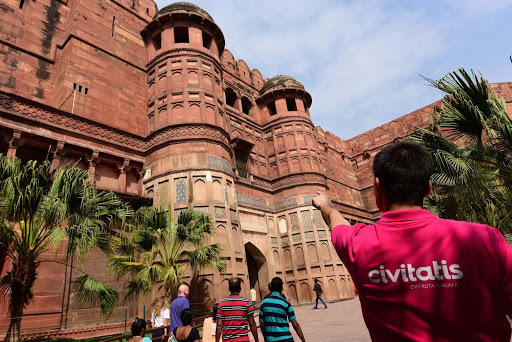
Like this? register for our Newsletter to continue the conversation
Sign UpThere are between 30 and 40 million English speakers in Latin America, a tiny percentage in a region home to over 600 million. So if we want to generate confidence in the reservation process, satisfaction on-tour, and resolution in customer service, language comes first.
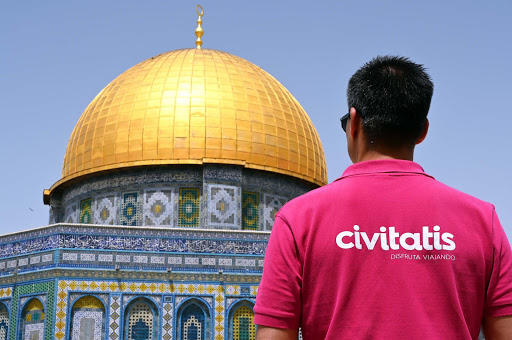
Your focus must always be on improving the experience, and that cultural connection on-tour. Don’t neglect language when looking to create these links between travelers and their destinations: it’s crucial to an authentic, positive experience. It’s vital to fulfilling travel’s very objective. And if you focus entirely on creating the best possible client experience, everything else falls into place. Not only will you create unforgettable memories, but long-lasting success in the process.

